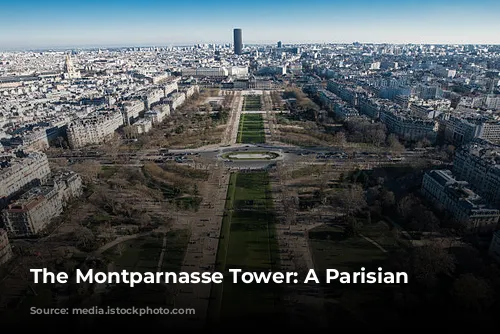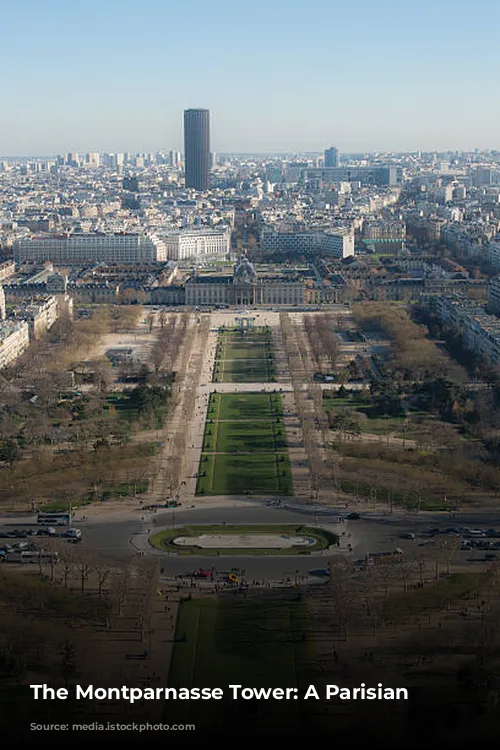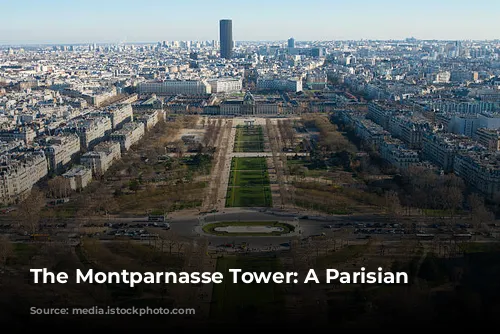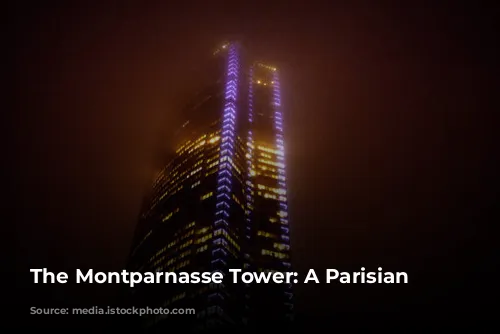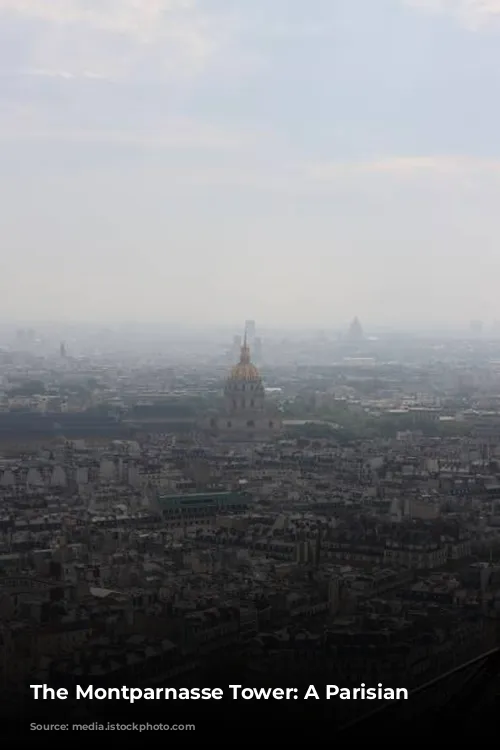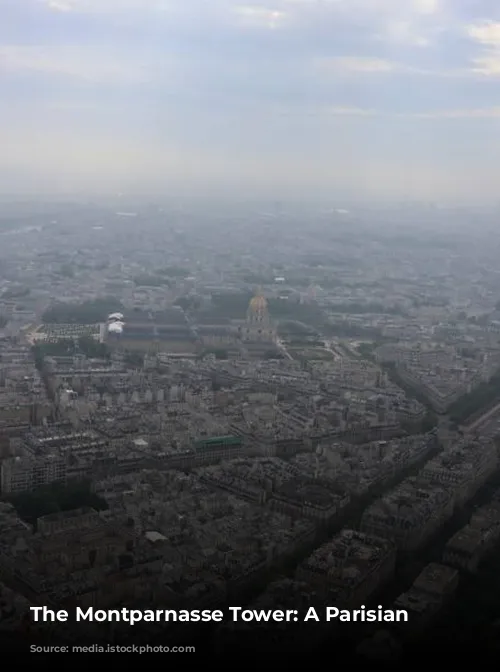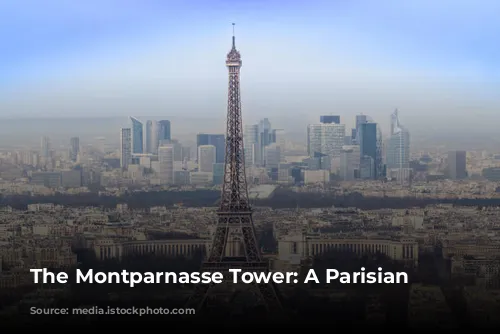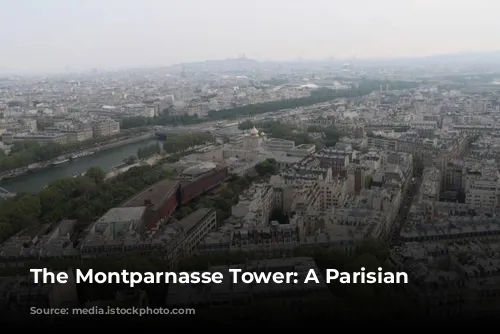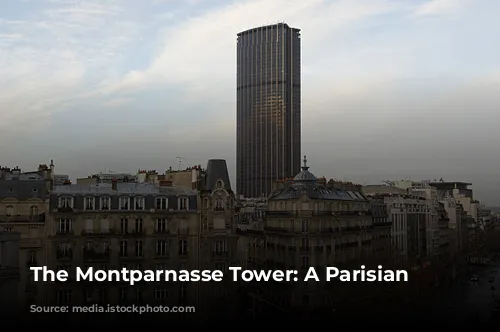In the heart of Paris, a city renowned for its elegant architecture and charming streets, stands a towering anomaly – the Montparnasse Tower. This 59-story glass structure, inaugurated in 1973, has become a symbol of contention, dividing Parisians between those who view it as an eyesore and those who see it as a symbol of progress. The tower’s controversial presence has sparked a debate about the evolution of Parisian architecture, the role of skyscrapers in the city, and the delicate balance between modernity and tradition.
![Construction of the Montparnasse Tower. Paris, FRANCE April 1973. (Newscom TagID: sipaphotos153312.jpg) [Photo via Newscom]](https://parisyougotme.com/wp-content/uploads/2024/09/the-montparnasse-tower-a-parisian-paradox_172682685715109.webp)
From Bohemian Hotspot to Modern Metropolis
Montparnasse, the neighborhood where the tower stands, has undergone a dramatic transformation over the decades. In the 1920s, it was a haven for artists and writers, attracting the likes of Salvador Dali and Ernest Hemingway. However, by the mid-20th century, the neighborhood had fallen into disrepair, marked by narrow alleys, dilapidated buildings, and an overcrowded train station. The post-World War II economic boom offered an opportunity to revitalize Montparnasse, and the tower became a central part of this urban renewal project.
The goal was to create a modern neighborhood that would cater to the needs of a growing workforce. The tower, along with new office buildings, apartment complexes, and a renovated train station, were intended to symbolize France’s economic resurgence and the city’s embrace of modernity.
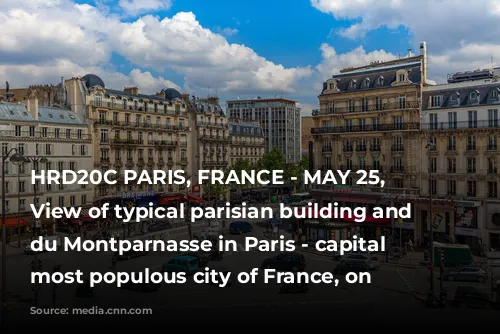
A Controversial Landmark
The Montparnasse Tower was met with mixed reactions from Parisians. While some saw it as a symbol of progress and a testament to the city’s ability to adapt to changing times, many others felt that its imposing height was a jarring departure from the city’s traditional skyline. Concerns about the tower’s impact on the cityscape, its dominance over neighboring buildings, and its potential to disrupt the city’s unique character fueled opposition.
The public outcry against the tower was so strong that the Paris city council, in 1977, banned the construction of buildings taller than 37 meters within the city limits. This decision effectively restricted skyscrapers to the suburbs, effectively ending the city’s foray into the world of high-rise architecture. The tower stood as a testament to a period of experimentation that, ultimately, was deemed too radical for Parisian sensibilities.
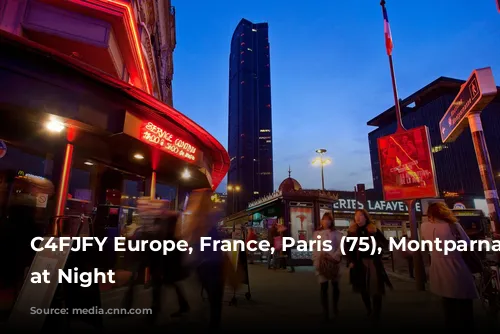
A City in Transition
The Montparnasse Tower, despite its enduring unpopularity with many Parisians, has become a symbol of the city’s complex relationship with modernity. It represents a time when Paris, like many other cities around the world, was grappling with the challenges of urban renewal and the desire to modernize while preserving its cultural heritage. The ongoing debate over the tower’s place in the city reflects the ongoing struggle to balance these competing priorities.
The tower’s legacy is a reminder that even in a city as iconic and seemingly unchanging as Paris, progress and change are inevitable. As the city continues to evolve, the Montparnasse Tower will likely remain a point of contention, a reminder of a time when Paris dared to experiment with new architectural forms and a reflection of the city’s enduring desire to balance its past with its future.
